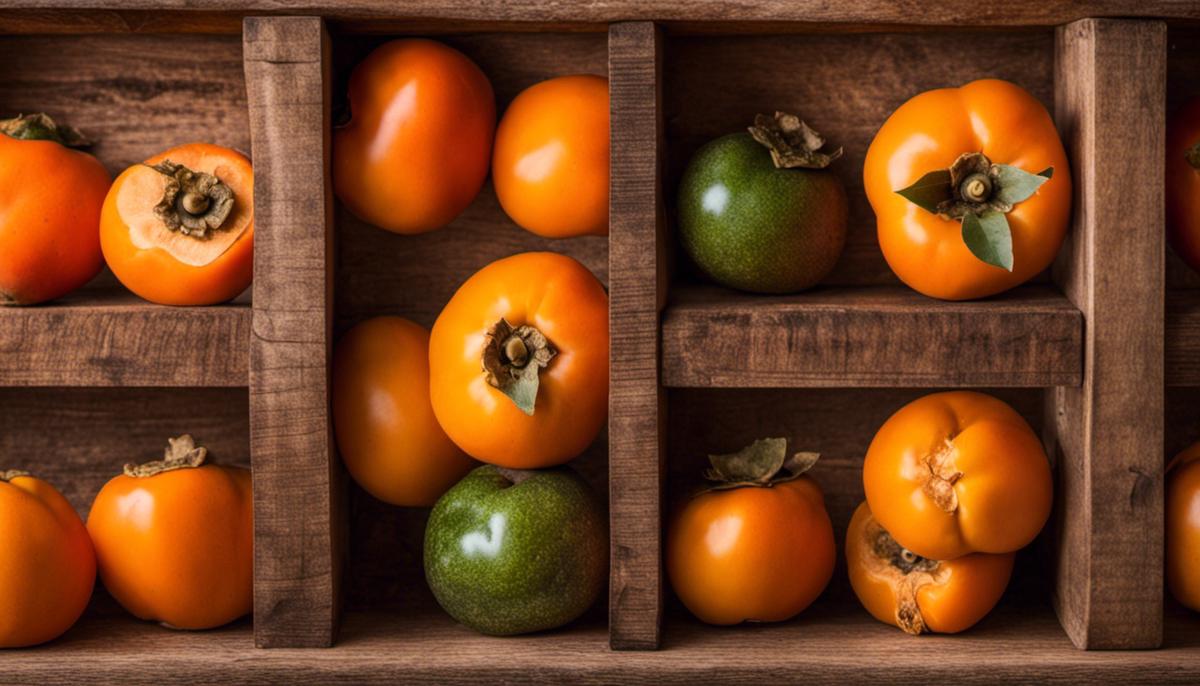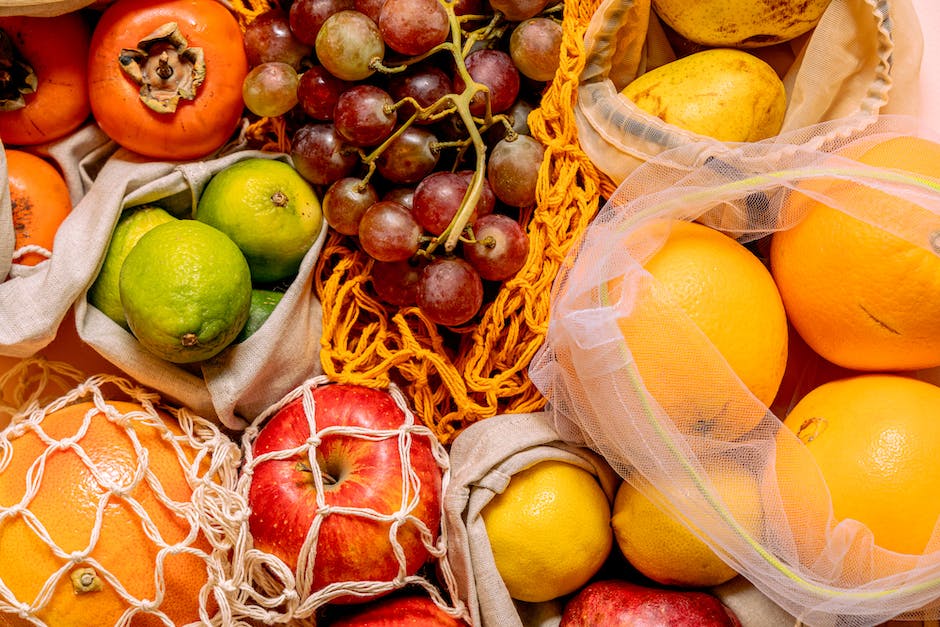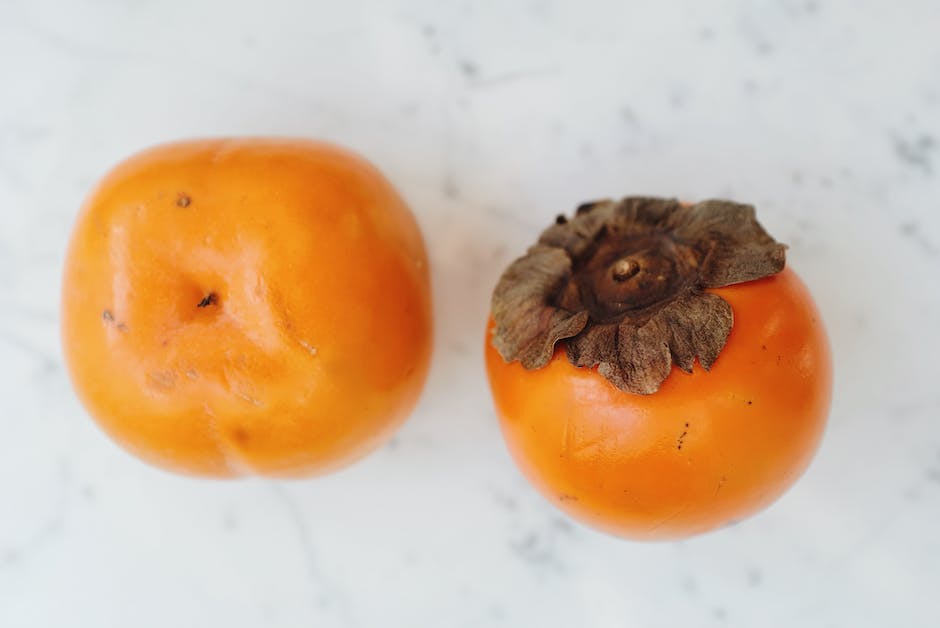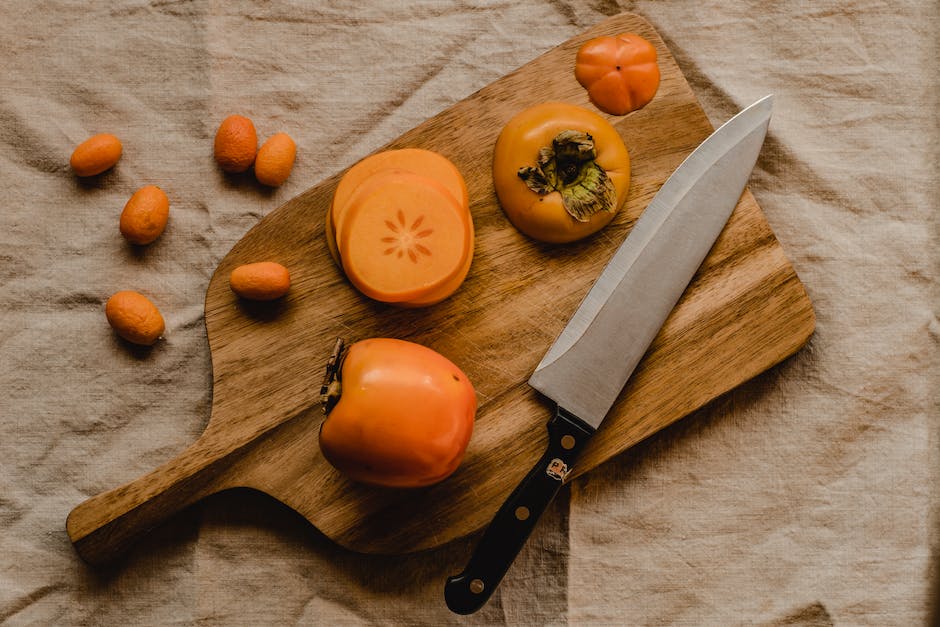Knowing When Your Persimmon is Ripe

Experiencing the sweet, honeyed flavor of a perfectly ripe persimmon is a seasonal delight that many look forward to. As an iconic fruit of fall, the persimmon, especially the popular varieties like Hachiya and Fuyu, brings a taste like no other. However, discerning the exact moment of ripeness can be a subtle art. This involves comprehension of the specific characteristics of different persimoon varieties, the physical signs that speak of their ripeness and the unique taste that a ripe persimmon boasts. Equipping ourselves with these knowledge nuggets, we can ensure that we are partaking in the divine sweetness of the fruit at its prime.
Persimmon Varieties
Exploring the Menagerie of Sublime Persimmons: Unraveling the Mystery of their Maturing Techniques
Indeed, in the grand tapestry of cuisines around the world, fruit occupies a much-loved spot. During a food lover’s exploration of tastes, textures, and aromas, every discovery, every bite into a perfectly ripe fruit, can feel like a little piece of joy bursting on the tongue. Enter the persimmon, an intriguing character in the world of fruits. Characterized by its rich, orange hue, this gastronomic gem lends an exuberance to culinary creations with its sweet and slightly tangy profile. To truly appreciate the allure of persimmons, it is essential to delve into the delightful diversity of its varieties and grasp their unique ripening processes.
In the realm of persimmons, it all begins with the Hachiya and the Fuyu.
Hailing from Japan, the Hachiya persimmon is the archetype of astringency in unripe form, compelling the palate with its overwhelming bitterness. However, do not be dissuaded by this initial harshness, as the reward for patience is a lusciously sweet and custard-like pulp housed under its oblong skin. The trick? Wait until the Hachiya persimmon morphs from firm to supremely soft – almost liquid to the touch. This is the stage of ripeness that tames its tannins and unleashes the Hachiya’s sweet, honeyed potential.
On the other side of the persimmon spectrum is the Fuyu. Round and squat, this variant is a more amiable acquaintance, its crisp, apple-like texture prevailing, whether consumed firm or soft. Embodying flavors reminiscent of cinnamon and nutmeg when ripe, the Fuyu can be relished at a range of textures, from crunchy to creamy. As a rule of thumb, a slight softness signifies the efflorescence of the Fuyu’s spice-infused sweetness, although it’s appealing, even when not fully ripe.
While the Hachiya and Fuyu may dominate the persimmon popularity charts, the genus showcases an amalgamation of intriguing subtypes worth exploring. From the American Persimmon—Diopspyros Virginiana—an embodiment of astringency unless remarkably ripe, to the Rojo Brillante, a Spanish star with an edible peel and pumpkin-like profile, the adventure doesn’t stop there.
So, how does one navigate the ripening processes of these plethora of persimmons? Despite their differences, a unifying thread is that extreme softness, almost to the point of collapsing, denotes ripeness for astringent types like the Hachiya and the American Persimmon. On the contrary, non-astringent varieties like the Fuyu and Rojo Brillante can be comfortably consumed when slightly firm.
In essence, navigating the world of persimmons is like embracing the experimental ethos of being a food enthusiast—a blend of knowledge, patience, and a zest for taste-filled adventures. A mind imbued with curiosity and a pair of hands poised to play with textures, flavors, and ripening methods is all it takes to explore the joyous journey of persimmon appreciation. Embrace this world, and these fruits will unfailingly fuel your passion for the boundless culinary delights that nature so generously offers.

Physical Indications of Ripeness
Examining the Physical Cue of Ripe Persimmons
Choosing the perfect ripe persimmon is an art that requires a discerning eye. To ensure the sweetest and most flavorful bite, it’s imperative to be aware of the physical signs that indicate when this delectable fruit is at its peak. Given the extensive discussion about the different varieties of persimmons and their ripening profiles, one might wonder: how does the ripe fruit actually appear? Let’s delve right into it.
The first key indicator is color. Regardless of variety, a ripe persimmon boasts a glowing orange or a deep, reddish-orange hue. The richer and more vibrant the skin color, the more mature the fruit. However, beware of green or yellowish spots—these suggest the persimmon is still underripe and its flavor has not yet reached its potential.
Next, assess the skin’s texture. On touching, the skin should feel smooth, almost like satin, without any wrinkles or blemishes. The presence of bruises or cuts may lead to overripening or an untimely bacterial growth. Sure, a spot here and there won’t wholly compromise a persimmon’s quality, but it’s always better to opt for those without any damage.
One might think it’s counterintuitive, but a ripe persimmon will feel considerably heavier than it looks. This strange contradiction is due to the fruit’s high water content when ripe. Thus, a weighty persimmon signals a juicy, succulent treat waiting within its skin.
Last but definitely not least, check for a little bit of give when your fingers gently press the fruit. A ripe persimmon should yield to light pressure, akin to a ripe tomato. It’s about finding the sweet spot—literally—between resilient firmness and soft squishiness. For Hachiya persimmons specifically, more softness indicates better ripeness as they become extremely soft when fully mature.
Mastering the art of choosing ripe persimmons just takes a bit of practice and a whole lot of sampling. Remember, the joy of food exploration is not just about discovering new tastes and textures, but also about understanding the deeper language of the ingredients we use. Just imagine biting into a perfectly ripe, lusciously sweet persimmon—that alone is worth a little trial and error in the produce aisle. Let the persimmon-picking adventure begin!

Tasting Test
Rolling up reusable grocery bags or sliding them onto forearms, stepping into the local farmers’ market or grocery store bathed in natural light — this is where the hunt for the perfect persimmon starts.
The task can be daunting, given the sheer variety and subtlety involved in selecting the best fruit. Ripe fruits elevate any meal, titillating one’s olfactory senses and tantalizing the taste buds in a manner that few pleasures can rival. Understanding the importance of ripeness of persimmons is crucial in this journey towards culinary excellence.
Color is a persuasive narrator in the tale of a persimmon’s ripening process. Generally, a persimmon ripens from an opaque pale orange to a dark and translucent orange hue. A visual inspection is an initial indicator of maturity but should not be the only factor considered. Peeling back the surface level observations pave the way to more in-depth experiences in the culinary world, after all.
The mysterious play of texture unveils itself as another handy guide to recognizing a ripe persimmon. Far from being superficial, the skin of the fruit tells a fascinating story of its maturity. A ripe persimmon’s skin is smooth, holding a notable sheen, compared to its unripe counterpart, which will have a dull, matte finish.
Yet, the tale doesn’t end there — don’t ignore what literal weight brings to the table. A ripe persimmon seems heavier due to the higher liquid content, a noticeable difference when comparing ripe to unripe fruit.
Now, the tactile experience of pressing the fruit completes the inspection. Gently applying pressure with a thumb reveals the nature of the persimmon’s ripeness. An unripe persimmon is as hard as a rock, whereas a ripe persimmon has a gentle give, similar to a soft rubber ball. Knowing nuances like this can make an enormous difference in the kitchen.
Zeroing in on the Hachiya persimmons for a moment, they’re known for their acorn-like shape and distinct flavor. These are highly astringent and edible only when completely ripe — characterized by a jelly-like interior.
The process of learning to differentiate between the ripe and unripe versions of these fantastic fruits translates well to the kitchen’s spirit of exploration and experimentation. Each market visit, each choosing and buying, eventually hones an intrinsic instinct that guides the curious, setting them on the path toward acquiring the absolute best of the batch.
Indeed, the entire process leading up to the ecstatic moment of biting into a ripe persimmon — feeling the tantalizing explosion of flavors — is a joy in itself. The satisfaction of knowing that the persimmon chosen has reached its prime lends a deeply personal touch to the delight of food appreciation. In this culinary journey, persimmons are not just a fruit; they represent the joy of learning, experimenting, and most importantly, the pleasure of eating.

Mastering the art of identifying a ripe persimmon might take some time and a handful of fruit, but the reward is certainly worth the effort. The transformation from the astringent bitterness of an unripe fruit to the unparalleled sweetness of a ripe persimmon underlines the beauty of patience and timing. By understanding the different varieties of persimmons, familiarizing ourselves with physical indicators of ripeness, and using the tasting test technique, we can elevate our fruit eating experience to a new delightful level. Remember, persimmons are not just a culinary treat, but also an opportunity to learn and appreciate the nuances of nature’s bounty.



